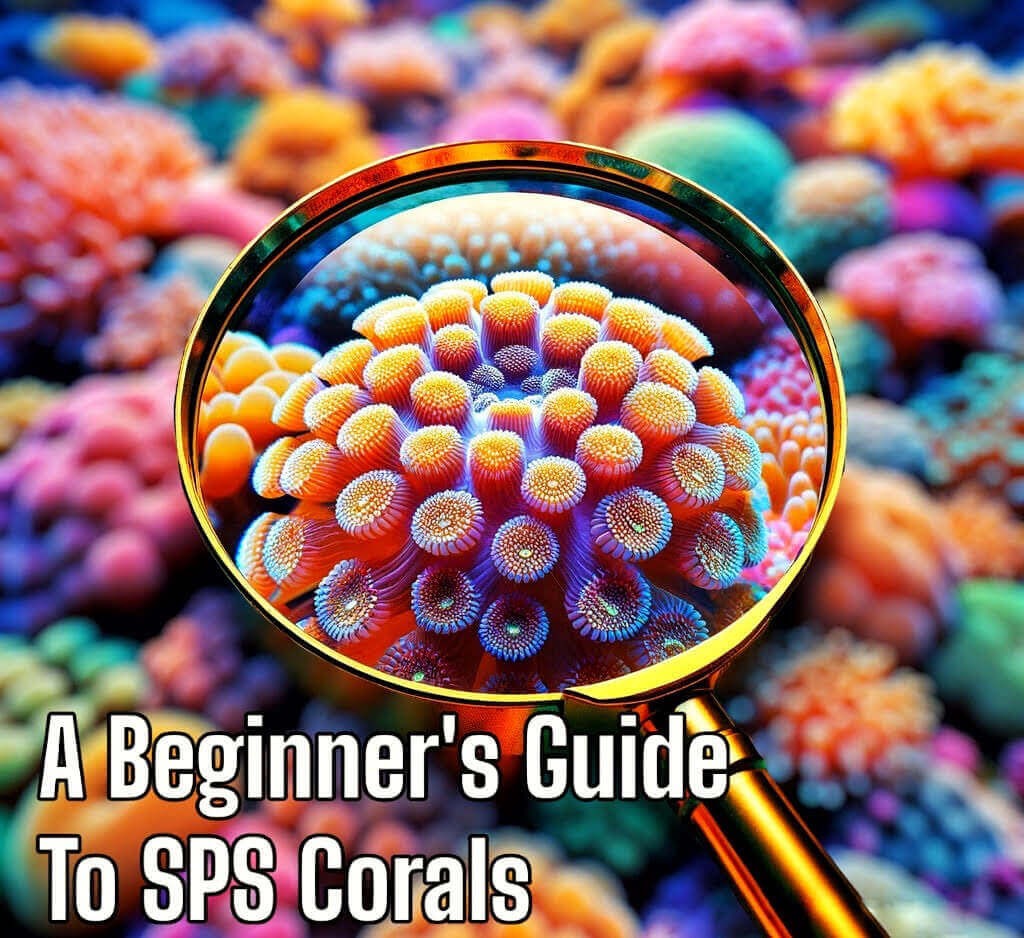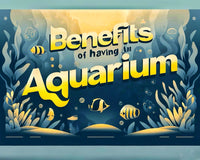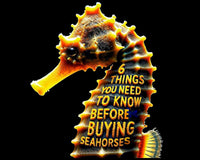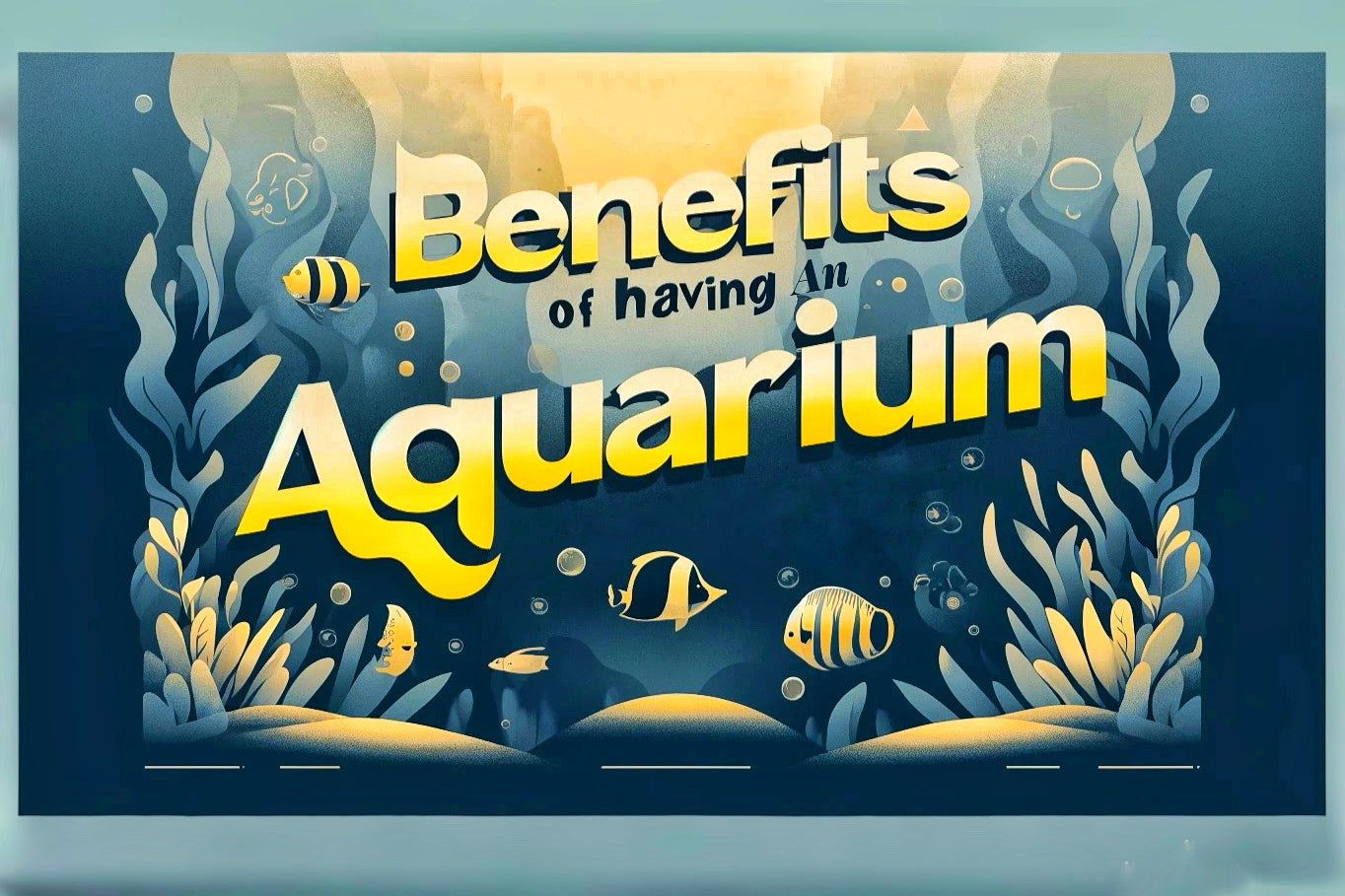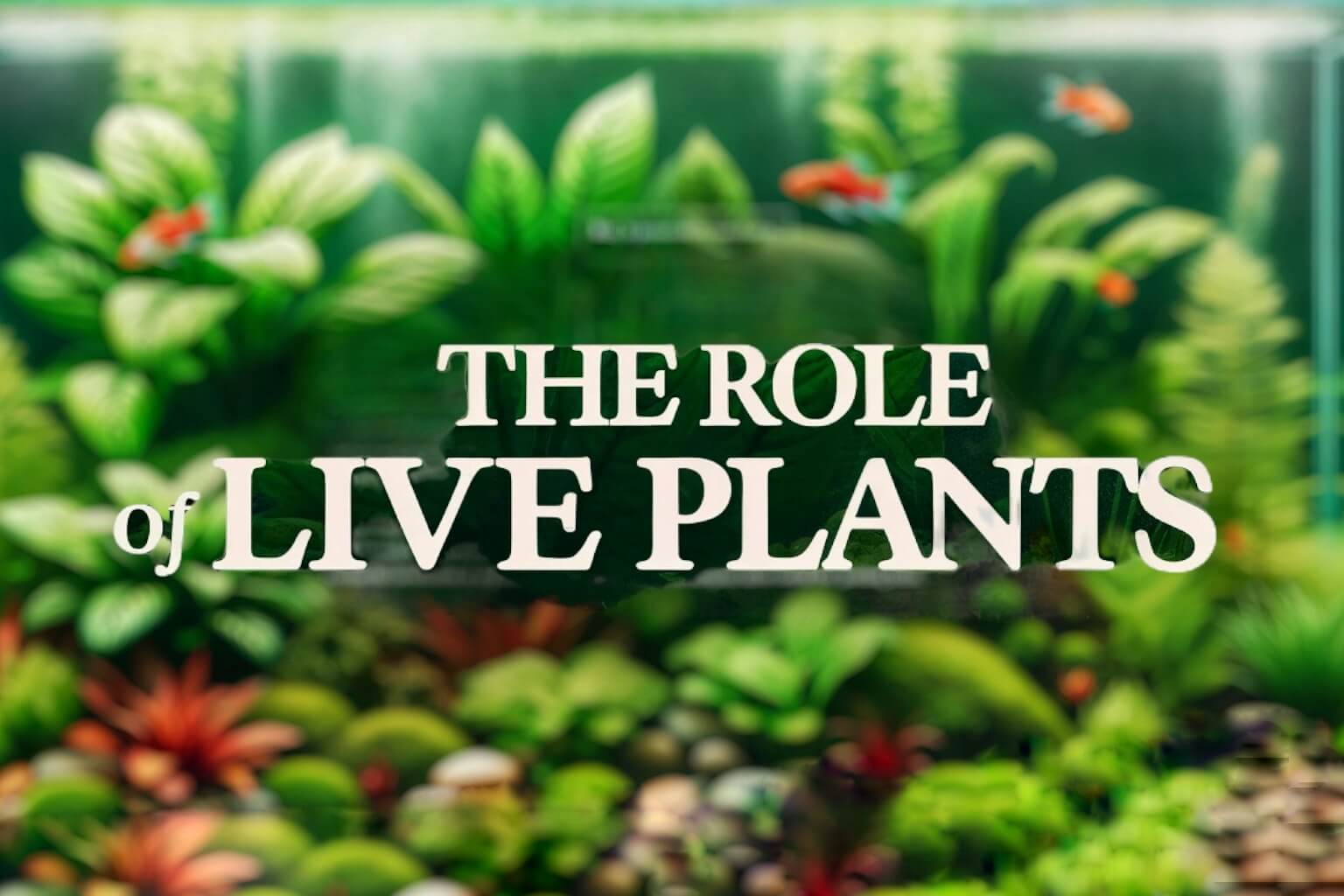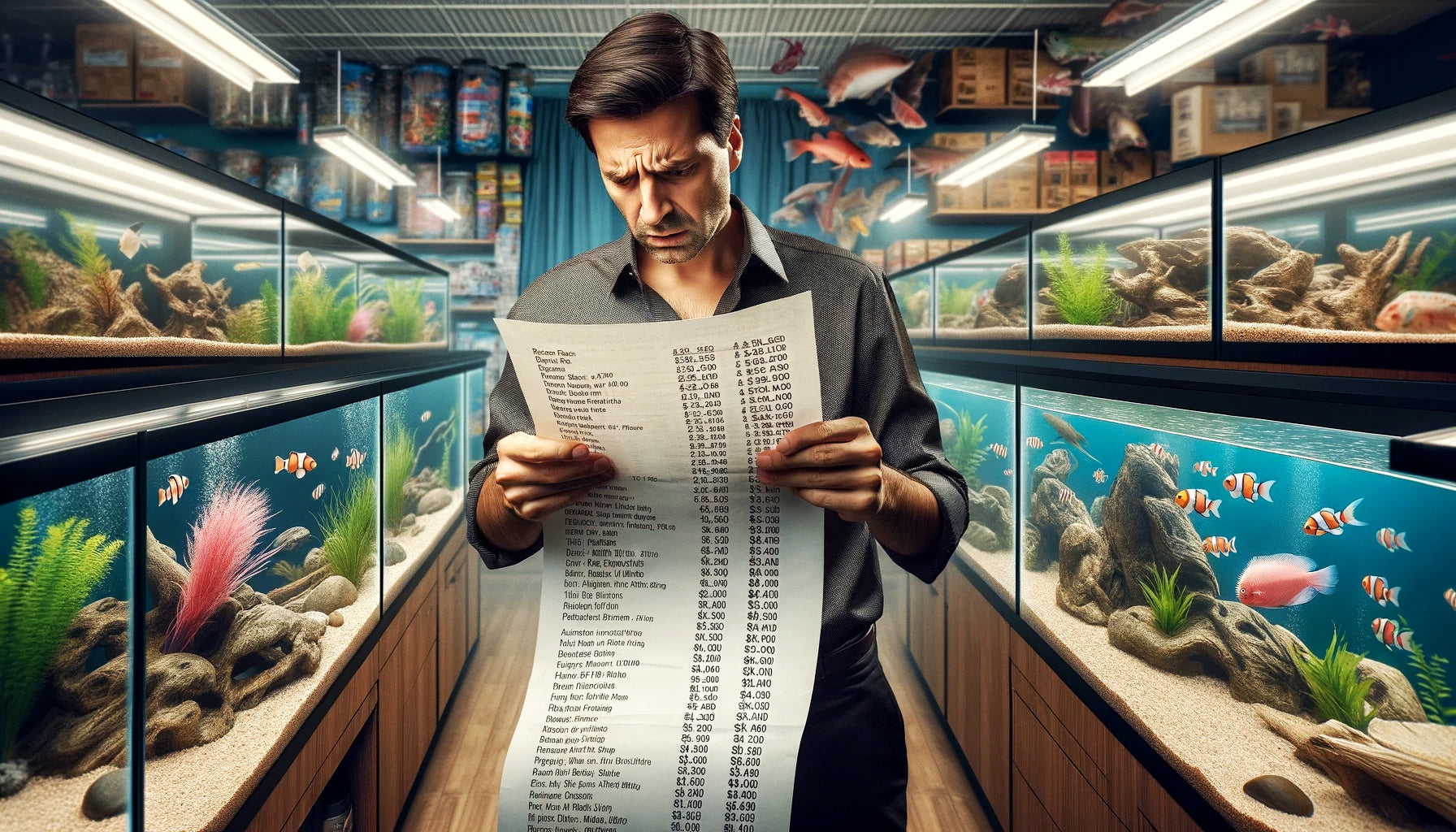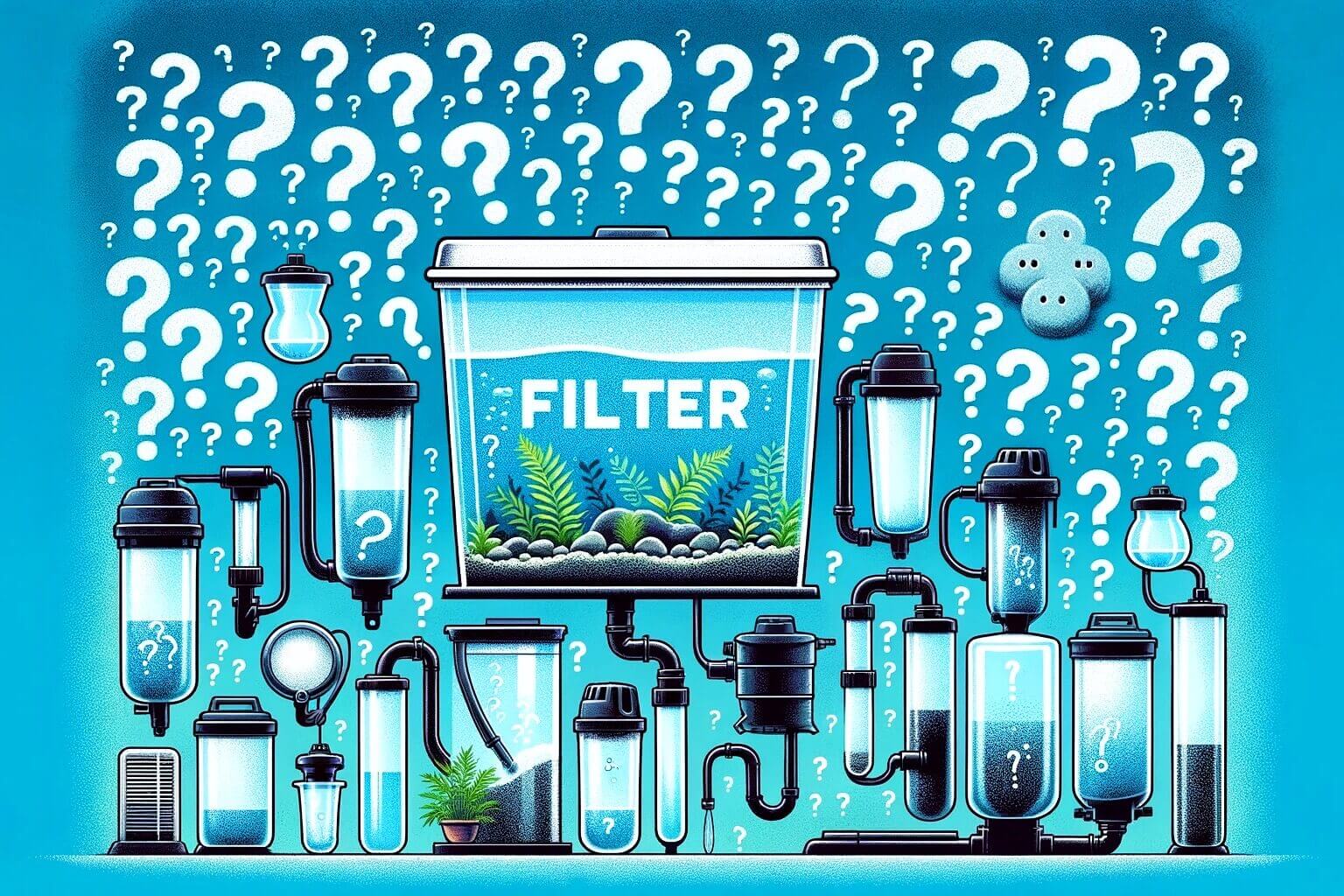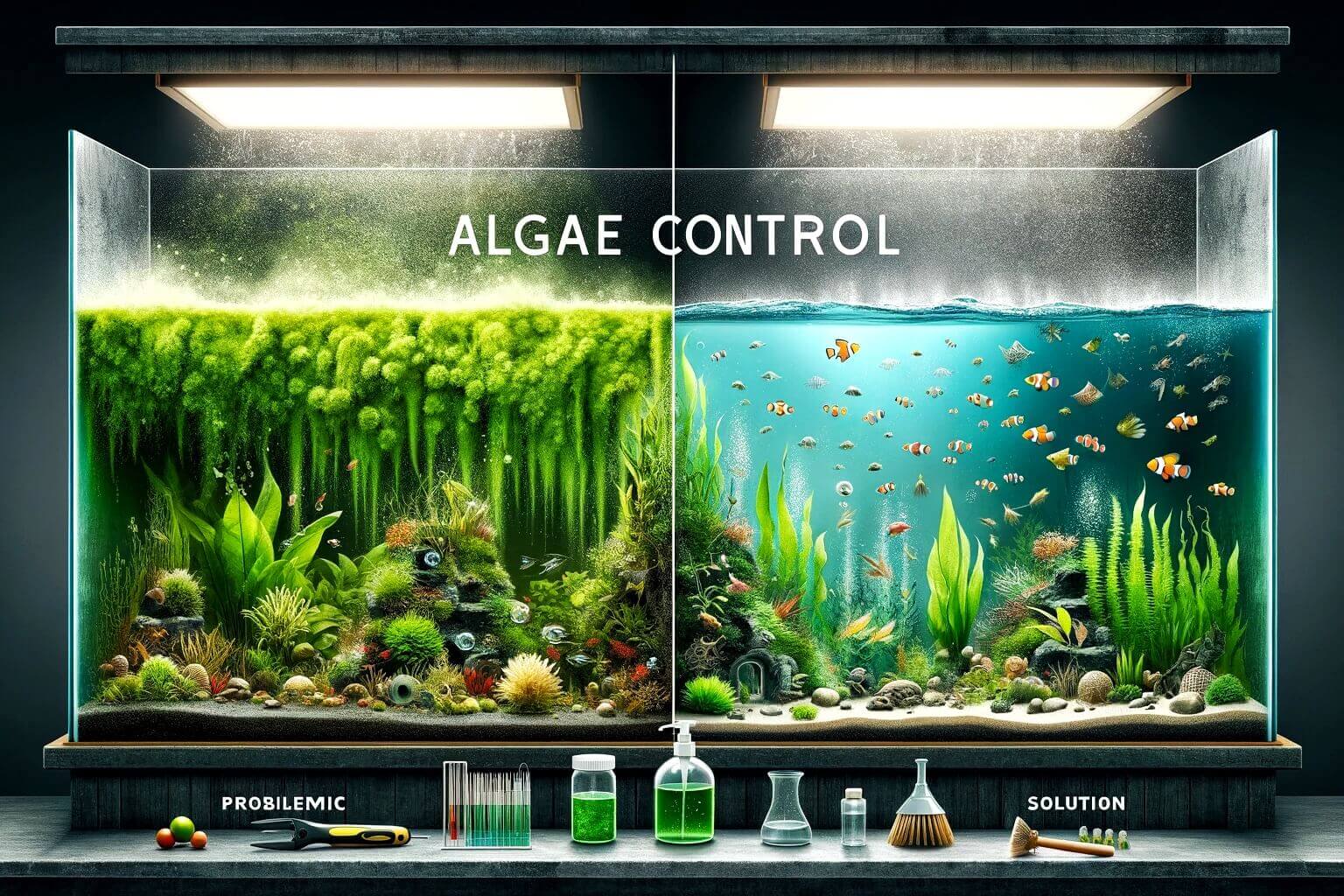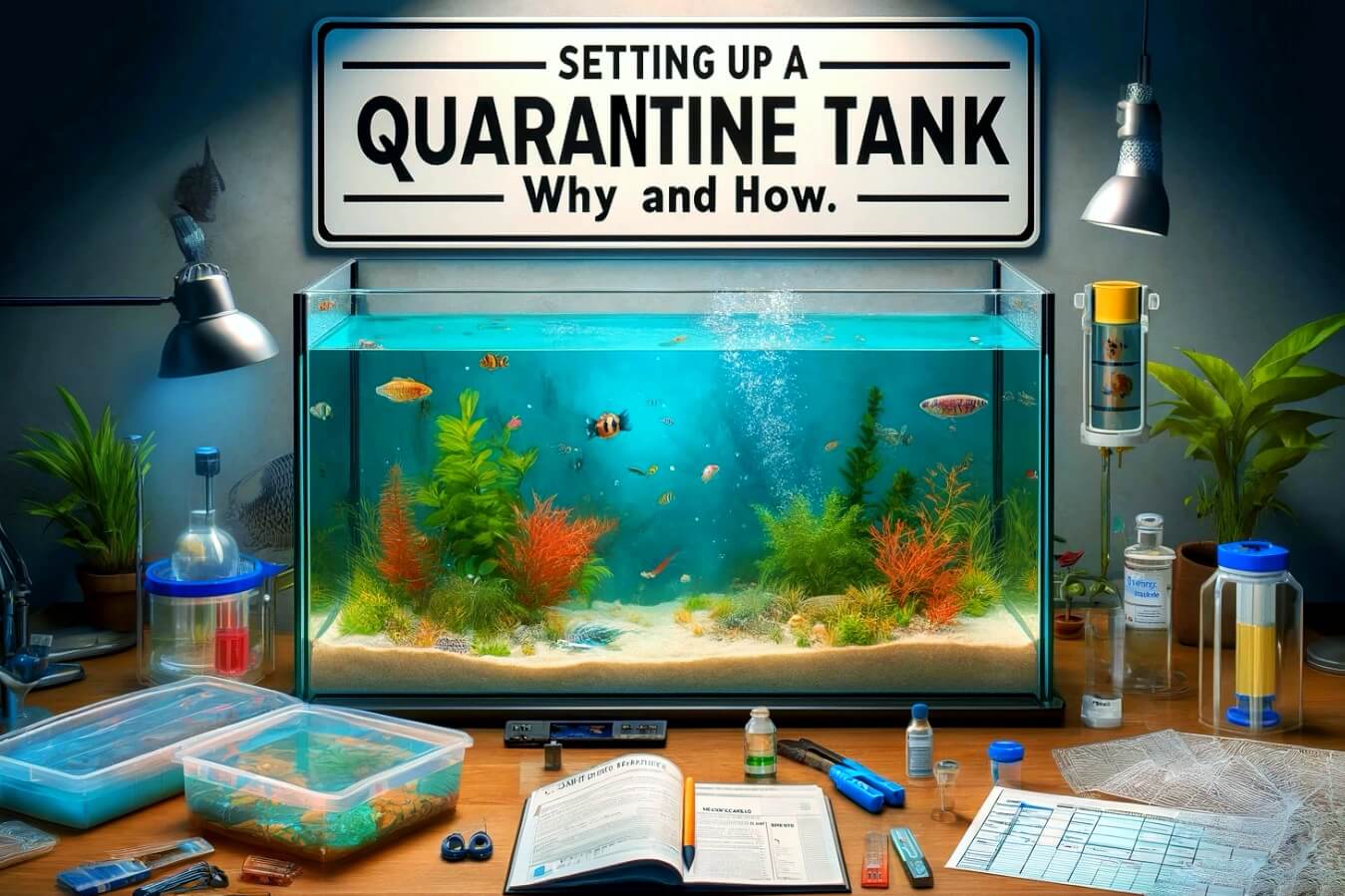SPS (small polyped stony corals) are the primary architects of coral reefs across the globe, forming towering structures of branches and plates that can extend for miles, they are the iconic image of the reef environment. Long ago, many SPS species were considered impossible to keep in the home aquarium due to their fragility, but with modern technology and a lot of patience, a stunning SPS dominated tank full of colour is now achievable and is considered by many reefkeepers to be the pinnacle of the hobby. If the allure of these beautiful corals has drawn you in, whether you have kept other Hard Corals or not, there are a few things you should know before attempting to keep SPS corals. in this brief guide I will outline all the basic care requirements for these corals in particular, with an emphasis on how to achieve stable reef parameters, which is of paramount importance to these corals.
Anatomy
A Small Polyped Stony Coral is formed of a towering structure consisting of a collection of animals called polyps, linked by a common envelope of flesh as they grow out from the basal plates at the base of each polyp, depositing their skeletons in the form of Aragonite (Calcium Carbonate) as they grow. As each Polyp Grows, more Aragonite is deposited and the skeleton grows thicker and longer, and can be of varying thickness depending on the growth rate, which can vary substantially based on the coral and the water parameters of its host tank. As their name implies, SPS polyps are tiny, but are more than capable of consuming food. Small particulate foods are readily consumed and dragged into an oral disc at the centre (the polyp's mouth) and then finally to the stomach where food is digested.
Photosynthesis in SPS Corals
All SPS corals are photosynthetic, that is, they form a symbiotic relationship with a species of dinoflagellate algae called Zooxanthallae, which live in the coral's tissues. What makes SPS corals unique however is that almost all of them dwell in high lighting conditions, and thus they regulate the amount of Zooxanthallae in their tissue much more readily than most corals. When healthy, they fill the empty space with the proteins responsible for colour, thus they are without doubt the most colourful corals in the marine environment, with a truly endless and stunning colour palette.
Colour in SPS Corals
The tendancy of SPS corals to tighly regulate their tissue content has resulting in a truly stunning variety of colour morphs and mutations, both on the reef and in marine aquaculture. Names such as Superman Montipora, Forest Fire Digitata and Strawberry Shortcake give an idea of just how much of an endless variety there is. As such, an SPS dominated reef tank can be a true explosion of colour when healthy, resembling a painting in many cases. Bear in mind however, that a single SPS colony may not stay one colour forever, Acropora especially, has been known to change colour quite dramatically, especially when moving from one system to another, as a result of differing parameters and lighting conditions.
Care Requirements
On of the primary reasons for SPS corals losing colour is due to unstable or insufficient water parameters. Many SPS corals, especially Acropora, will make their displeasure known by changing colour to an unappealing brown colour, bleaching white or undergoing rapid tissue necrosis (stripping). As well as maintenance of Salinity levels, good regulation of Reef Foundation parameters is essential to the long term health of SPS corals.

